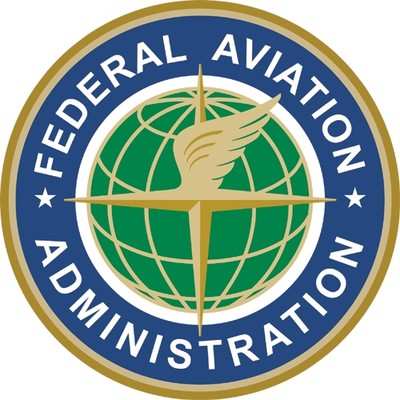Sat, Dec 01, 2012
Recommends Single, Master Electronic Database For Certification Approval Process
A government-industry rulemaking committee responsible for making recommendations to address the lack of FAA regulatory interpretation consistency issued its final report to the agency Friday.

In late April 2012, the FAA established the Consistency of Regulatory Interpretation (CRI) Aviation Rulemaking Committee (ARC), as directed by Congress, to review the October 2010 report by the Government Accountability Office (GAO) on certification and approval processes (GAO-11-14) and develop recommendations to address the findings in the report.
After a comprehensive review, the CRI ARC concluded that to achieve any type of standardization of regulatory interpretations the FAA’s Flight Standards Service (AFS) and Aircraft Certification Service (AIR) should “review all guidance documents and interpretations to identify and cancel outdated material and cross-reference (electronically link) material to its applicable rule. Further, the CRI ARC recommends the FAA expand its current Aviation Safety Information Management System (AVSIMS) initiative to consolidate the service organization-level libraries into a single AVS master electronic database resource, organized by rule, to allow agency and industry users access to relevant rules and all active and superseded guidance material and related documents.”
The CRI ARC report addresses several other recommendations that are predicated on the success of the development of one master electronic database, including the creation of a Regulatory Consistency Communications Board (RCCB) that would provide clarification to FAA personnel and certificate/approval holders and applicants on questions related to the application of regulations.
“It was clear from the beginning of the ARC’s exhaustive review that standardization cannot be achieved unless the FAA and industry are singing off the same sheet of music,” stated Eric R. Byer, National Air Transportation Association vice president of government and industry affairs and CRI ARC industry chair. “We firmly believe that consolidation of all guidance documents and interpretations that are then organized by rule and housed in one electronic database is the linchpin to any success in resolving the lack of standardization of regulatory interpretations.”
The CRI ARC’s final report now heads to the FAA for its review and then final transmission to Congress in early 2013.
More News
“While legendary World War II aircraft such as the Corsair and P-51 Mustang still were widely flown at the start of the Korean War in 1950, a new age of jets rapidly came to >[...]
Decision Altitude (DA) A specified altitude (mean sea level (MSL)) on an instrument approach procedure (ILS, GLS, vertically guided RNAV) at which the pilot must decide whether to >[...]
Aero Linx: National Aviation Safety Foundation (NASF) The National Aviation Safety Foundation is a support group whose objective is to enhance aviation safety through educational p>[...]
Also: Cal Poly Aviation Club, $$un Country, Arkansas Aviation Academy, Teamsters Local 2118 In response to two recent general aviation accidents that made national headlines, more >[...]
“The FAA is tasked with ensuring our skies are safe, and they do a great job at it, but there is something about the system that is holding up the medical process. Obviously,>[...]
 Aero-News: Quote of the Day (04.28.25)
Aero-News: Quote of the Day (04.28.25) ANN's Daily Aero-Term (04.28.25): Decision Altitude (DA)
ANN's Daily Aero-Term (04.28.25): Decision Altitude (DA) ANN's Daily Aero-Linx (04.28.25)
ANN's Daily Aero-Linx (04.28.25) Airborne-Flight Training 04.24.25: GA Refocused, Seminole/Epic, WestJet v TFWP
Airborne-Flight Training 04.24.25: GA Refocused, Seminole/Epic, WestJet v TFWP Aero-News: Quote of the Day (04.29.25)
Aero-News: Quote of the Day (04.29.25)



